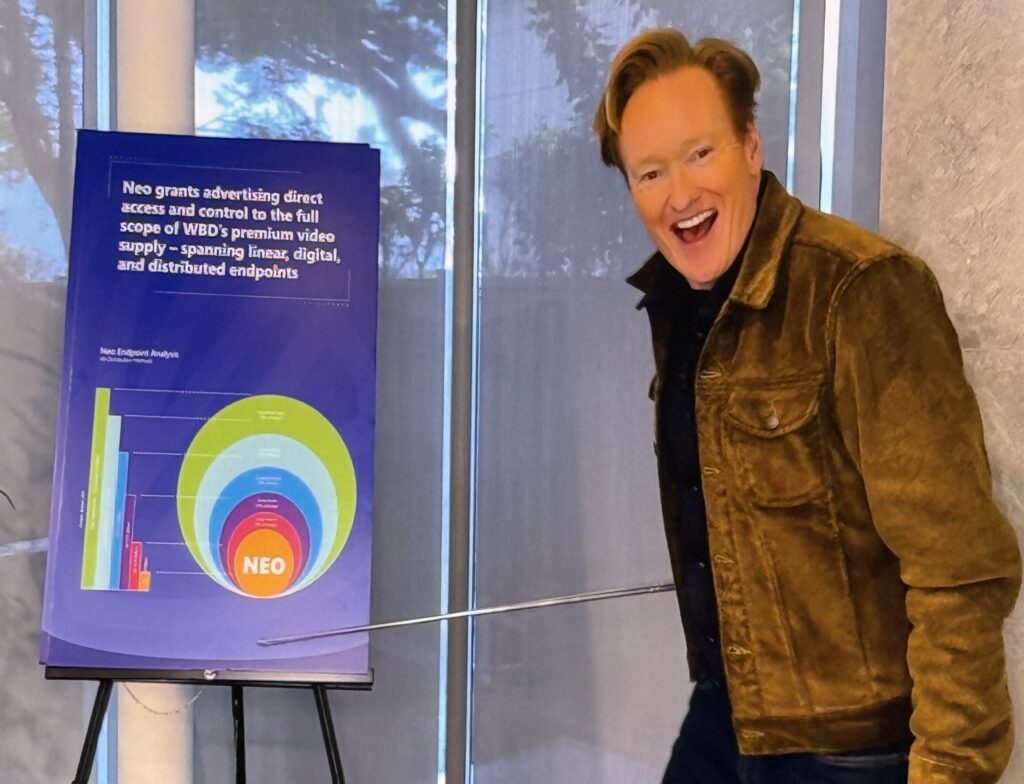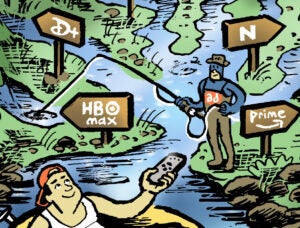There’s nothing like finding out your definition of “sexy” is different from everyone else’s.
Almost a year into my time at AdExchanger, I’ve heard the term “sexy” used to describe many different ad tech products – or, more commonly, to describe what certain ad tech products are not.
For example, data-driven platforms that deduplicate audience data or manage programmatic video inventory may serve an important function, but they’re not often considered sexy. Meanwhile, products like interactive ad formats or AI-powered contextual tools are often referred to as having a certain je ne sais quoi.
Is any of this all that “sexy,” though? And is there any point in trying to be?
Let me explain.
TV upfront presentations are usually star-studded affairs full of celebrities and sizzle reels. But amid the glitz, advertising executives take the stage to talk about things like new audience targeting capabilities or to ballyhoo new ad measurement partnerships.
How, though, are we supposed to focus on brand lift statistics when we can all hear Lady Gaga belting a vocal warm-up offstage?
(Which is not a hypothetical, by the way. That actually happened at YouTube’s Brandcast at Lincoln Center on Wednesday night – although Gretchen Saegh-Fleming, global head of marketing at Volvo, was a very good sport about the interruption.)
Broadcaster ad execs seem to suspect that their part of the presentation is less sexy, which is likely why so many tried to hang a lampshade over the jargon this year using comedy bits.
During Amazon’s upfront, NFL stars Travis and Jason Kelce were on hand to get confused by the term “full-funnel marketing.” “Emily in Paris” star Lily Collins described Netflix’s audience targeting solution as a whirlwind romance. And comedian Conan O’Brien succumbed to an exaggerated rage over WBD’s new ad platform NEO.
But relying on talent to make the tech more relatable also comes with some risk.
At Disney’s upfront on Tuesday, for example, late night host Jimmy Kimmel started with a more conventional roast of global advertising president Rita Ferro’s technical language (“Rita, you know you can ask ChatGPT to do another pass, right?”), but it quickly evolved into a rant at the entire industry’s expense. (“No computer wants to do what you do. Your jobs suck.”)
Maybe the best solution, then, is not to worry about punching up all the business rhetoric in the first place and just let the numbers speak for themselves.
After all, that strategy did technically work for YouTube.
Gaga’s accidental upstaging aside, Saegh-Fleming got legitimate applause breaks for the case study metrics she shared that night. (Apparently, Volvo earned “a whopping” $80 million worth of earned media value with one of their recent YouTube campaigns.) And all she did was rely on the data to tell her story, which is what digital marketers are supposed to be doing in the first place.
So, sure, even the “sexiest” ad tech may not be all that glamorous, but perhaps it doesn’t have to be. As long as you get the attention of advertisers who are already in the know, who cares how boring the average layperson (or A-list actor) finds it?
Questions? Thoughts? Let me know what you think of the newsletter at [email protected].
💻 Want to see a presentation that won’t skip over the shop talk? Did the “Fallout” showgirls performing at Amazon’s upfront make you feel like you need a trip to Vegas? There’s still time to join us at Programmatic IO: Innovate next week, where we’ll be hanging out at the Park MGM with some of the brightest minds in the industry. Hope to see you there!
















